Content Marketing Funnel & Calendar – Turning Strategy Into Action
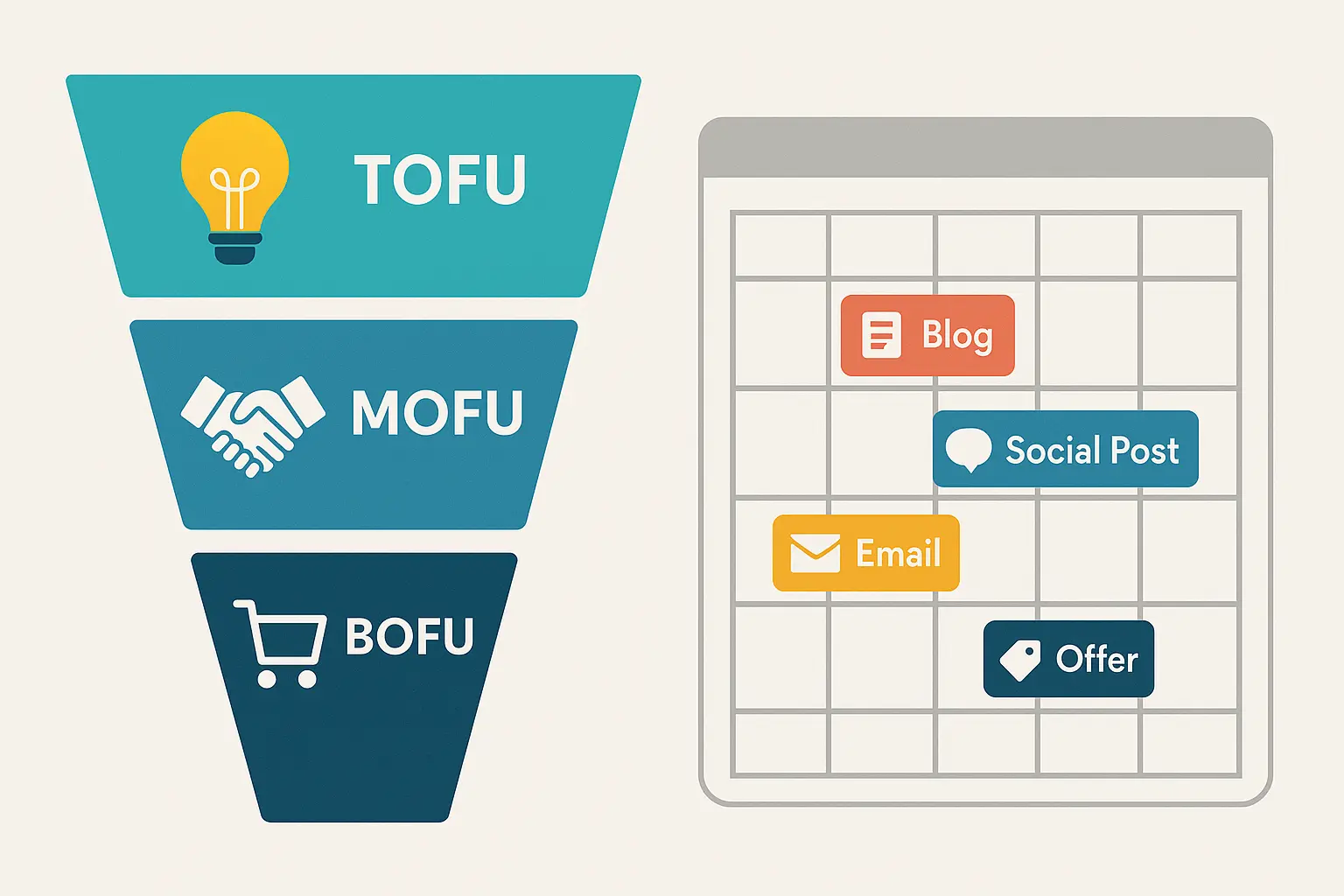
Ever felt like your content is getting likes but not real results? That’s because good content isn’t just about posting — it’s about guiding people through a journey. The content marketing funnel (TOFU, MOFU, BOFU) helps you move someone from stranger → interested → customer. Pair it with a content calendar, and you stop guessing what to post and start driving actual growth. In this guide, we’ll break down the funnel stages and show you how to plan a content calendar that makes content work like a system, not a gamble.
Why You Need a Funnel + Calendar
Posting random content is like throwing darts in the dark — sometimes you hit, but mostly you miss. A funnel strategy ensures you:
- Reach the right people at the right time.
- Build trust before selling.
- Keep your efforts consistent with a calendar.
Together, they help you create predictable results instead of relying on luck.
Step 1: Understanding the Content Funnel (TOFU, MOFU, BOFU)
1. TOFU – Top of Funnel (Awareness)
- Audience: People who don’t know you yet.
- Content goal: Attract attention and provide value.
- Examples: Blog posts, infographics, social media tips, YouTube explainers.
- Action Tip: Keep it light, engaging, and helpful. Think “educate, not sell.”
2. MOFU – Middle of Funnel (Consideration)
- Audience: People who know you and are curious.
- Content goal: Build trust and answer their questions.
- Examples: Case studies, webinars, email newsletters, comparison guides.
- Action Tip: Show expertise and proof. Make it easy for them to see why you’re worth trusting.
3. BOFU – Bottom of Funnel (Decision)
- Audience: Warm leads who are ready to buy.
- Content goal: Convert interest into action.
- Examples: Free trials, demos, testimonials, limited-time offers, landing pages.
- Action Tip: Be direct and clear. “Here’s why you should choose us now.”
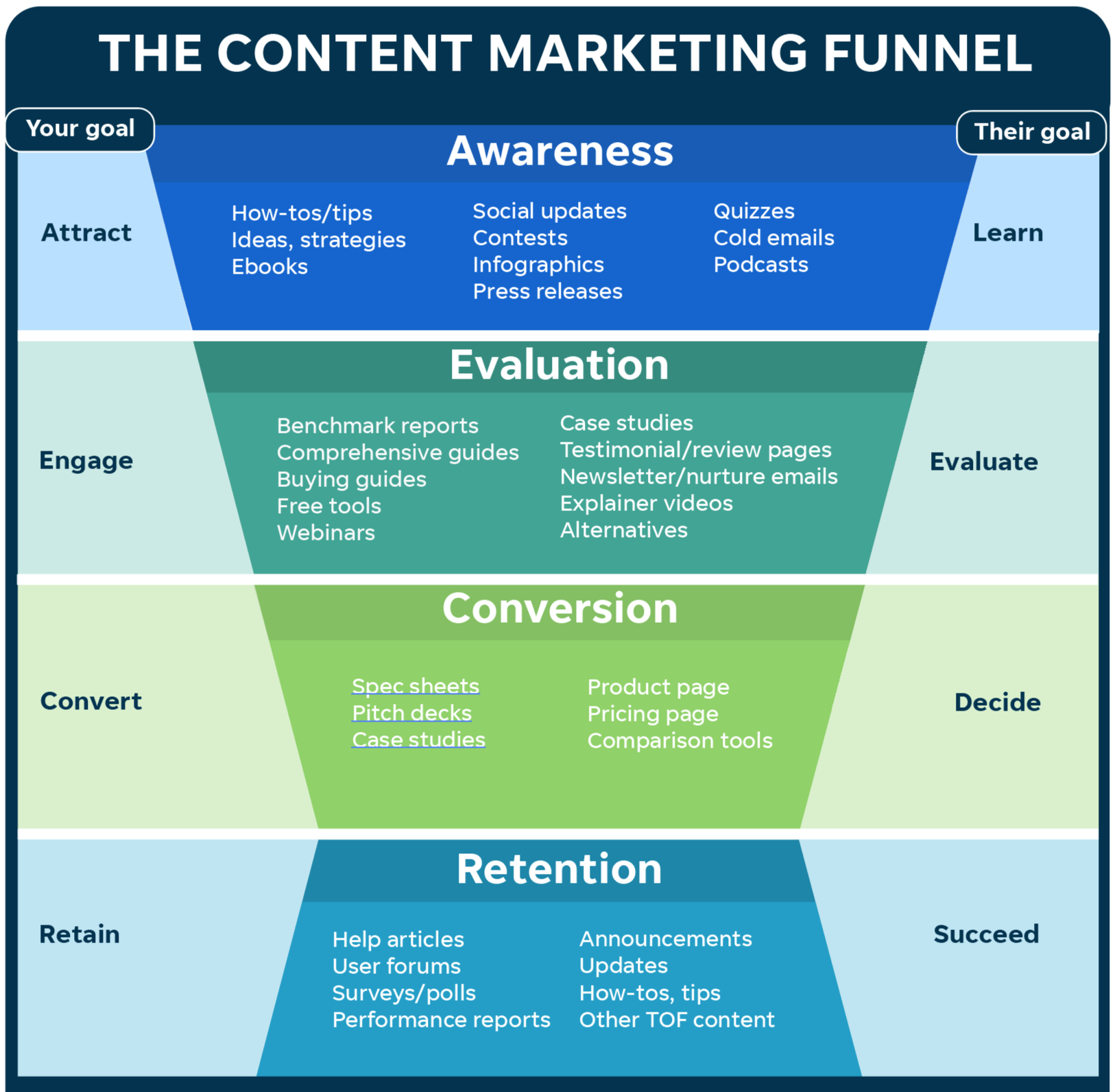
Step 2: Plan Content for Each Stage
The best brands create content for all three stages.
- TOFU: 50% of your content (cast a wide net).
- MOFU: 30% of your content (nurture leads).
- BOFU: 20% of your content (drive sales).
Example: A SaaS startup might create blogs & LinkedIn posts (TOFU), run webinars & guides (MOFU), and finally push free trials or product demos (BOFU).
Step 3: Build a Content Calendar
A calendar helps you organise, track, and stay consistent.
How to Create One:
- Pick Timeframe: Weekly or monthly view.
- Add Funnel Stages: Mark each piece TOFU, MOFU, or BOFU.
- Choose Content Types: Blog, reel, email, podcast, ad, etc.
- Assign Dates & Owners: Decide who creates and when it goes live.
- Balance Ratio: Keep the 50-30-20 rule intact.
Tools: Google Sheets, Trello, Notion, or tools like CoSchedule.
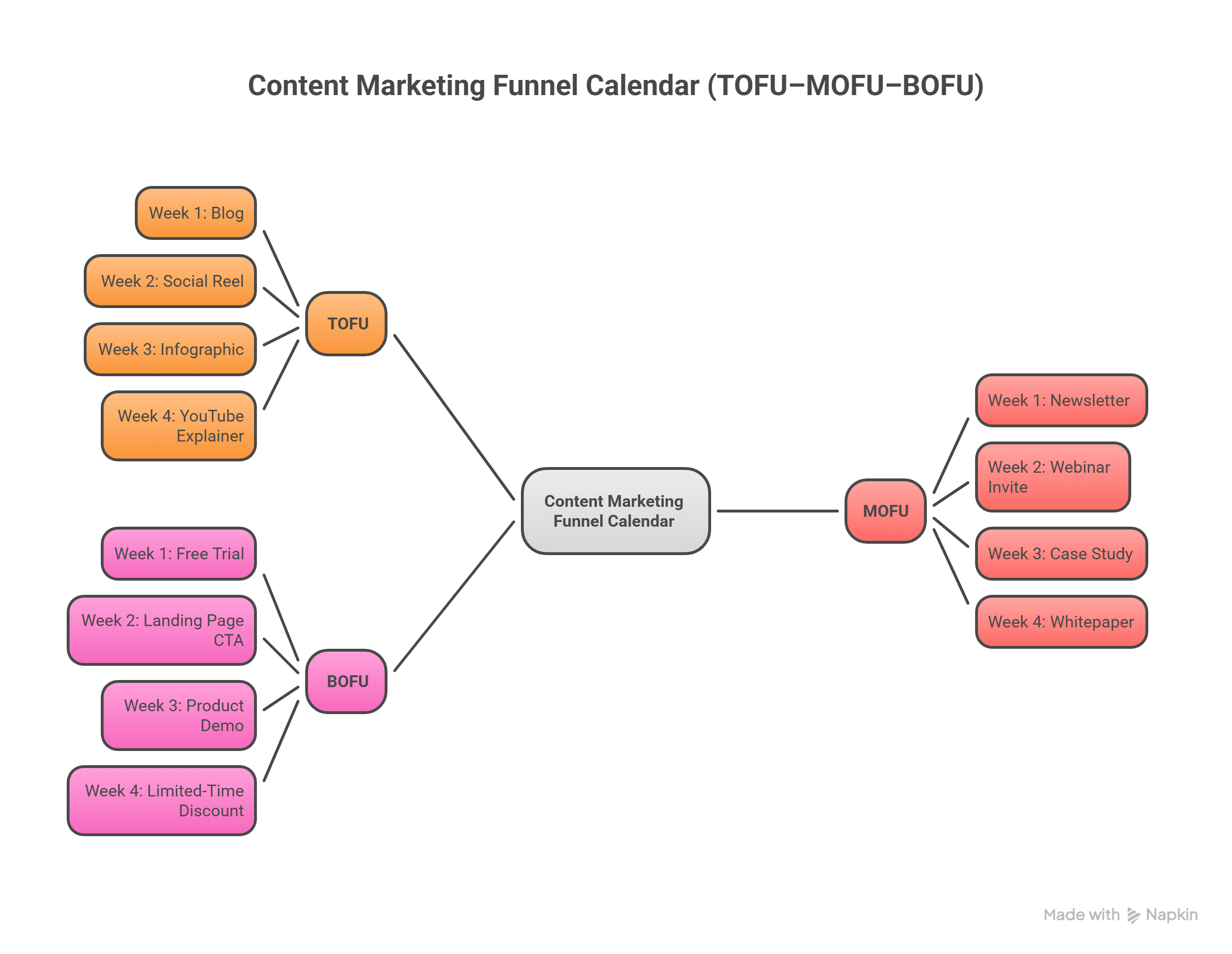
Step 4: Repurpose for the Funnel
A single piece of content can serve all stages:
- Blog (TOFU): “10 Mistakes in Digital Marketing”
- Email (MOFU): “How We Helped Clients Fix These Mistakes”
- Case Study (BOFU): “Client Increased ROI by 45% Using Our Service”
You don’t always need new content, just smarter use of existing content.
Conclusion
A content funnel turns random posting into a step-by-step journey that converts strangers into loyal customers. TOFU builds awareness, MOFU nurtures trust, and BOFU drives conversions. Pairing this with a content calendar ensures you stay consistent and intentional. The beauty of this system? You don’t need more content, just smarter content at the right stage. Start today: map out your next 10 pieces of content and tag them TOFU, MOFU, or BOFU. That clarity alone can transform your marketing results.
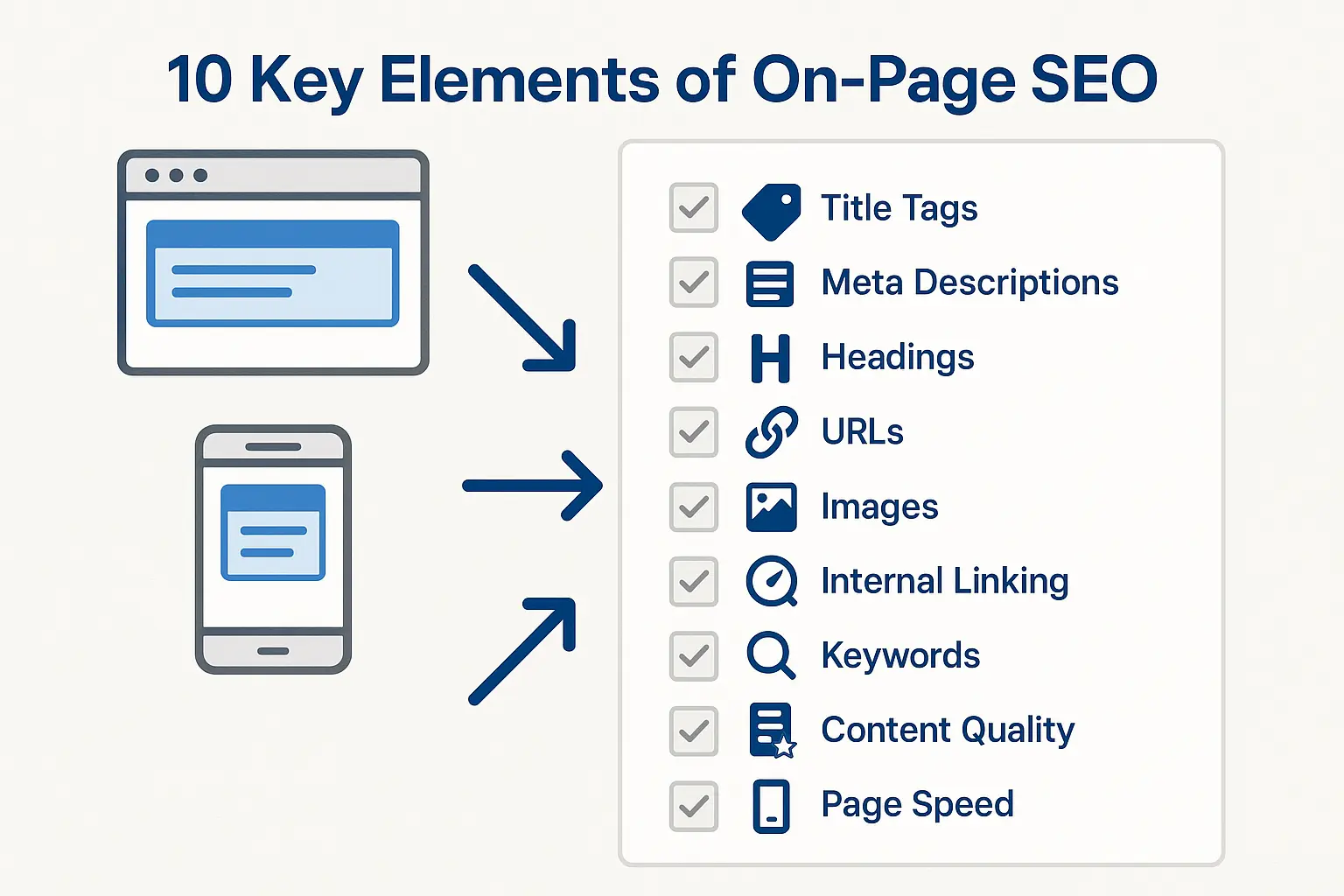
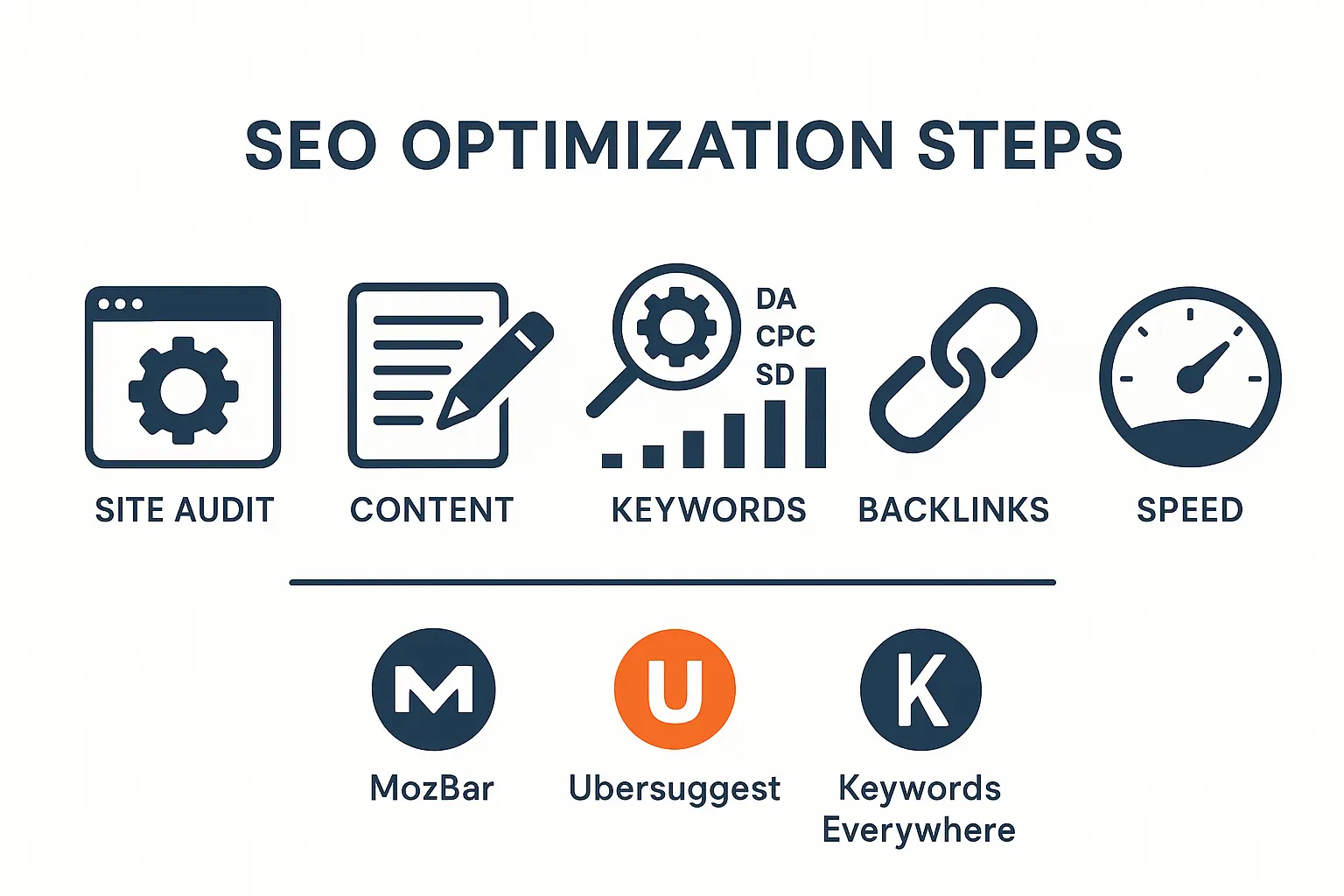
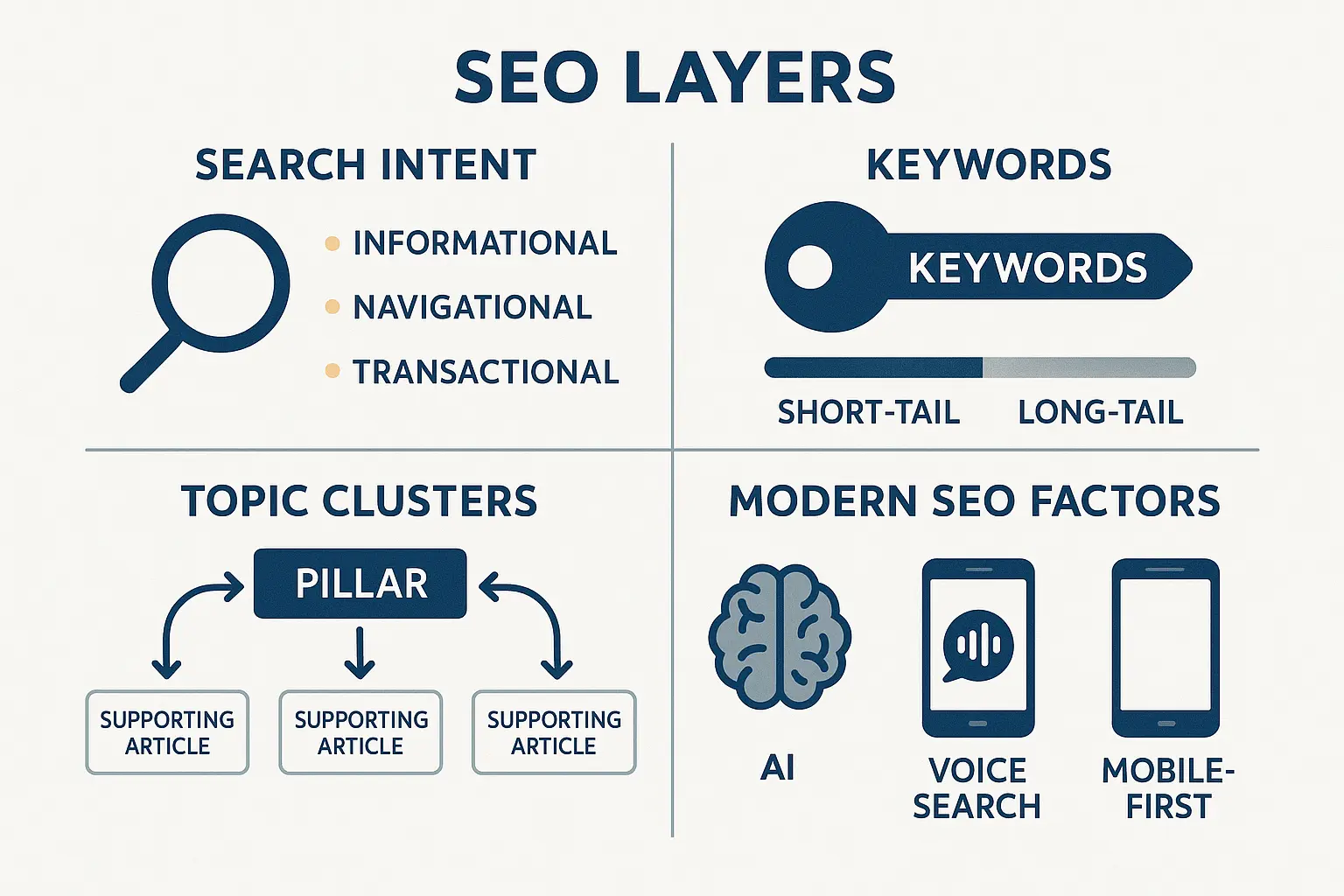
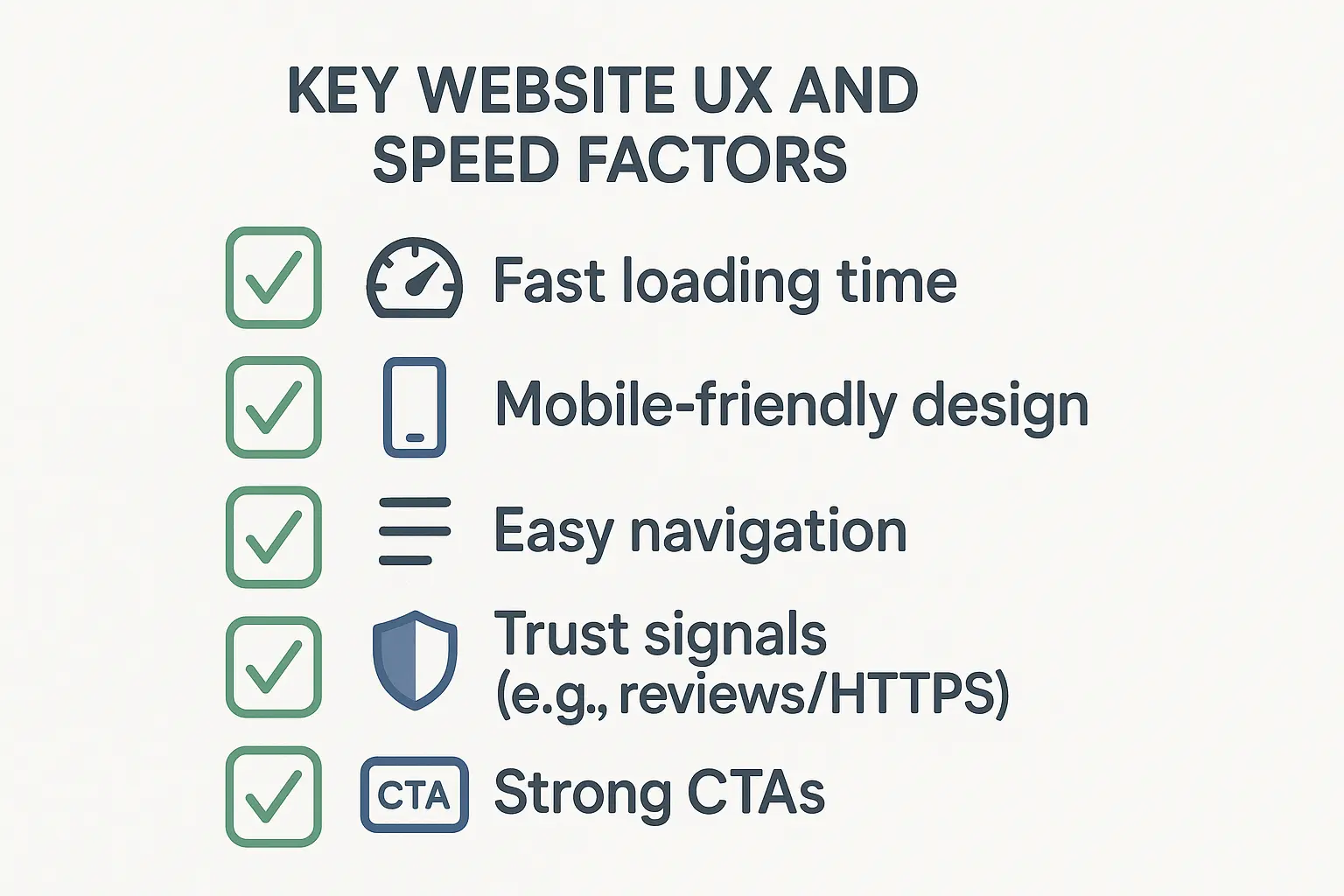
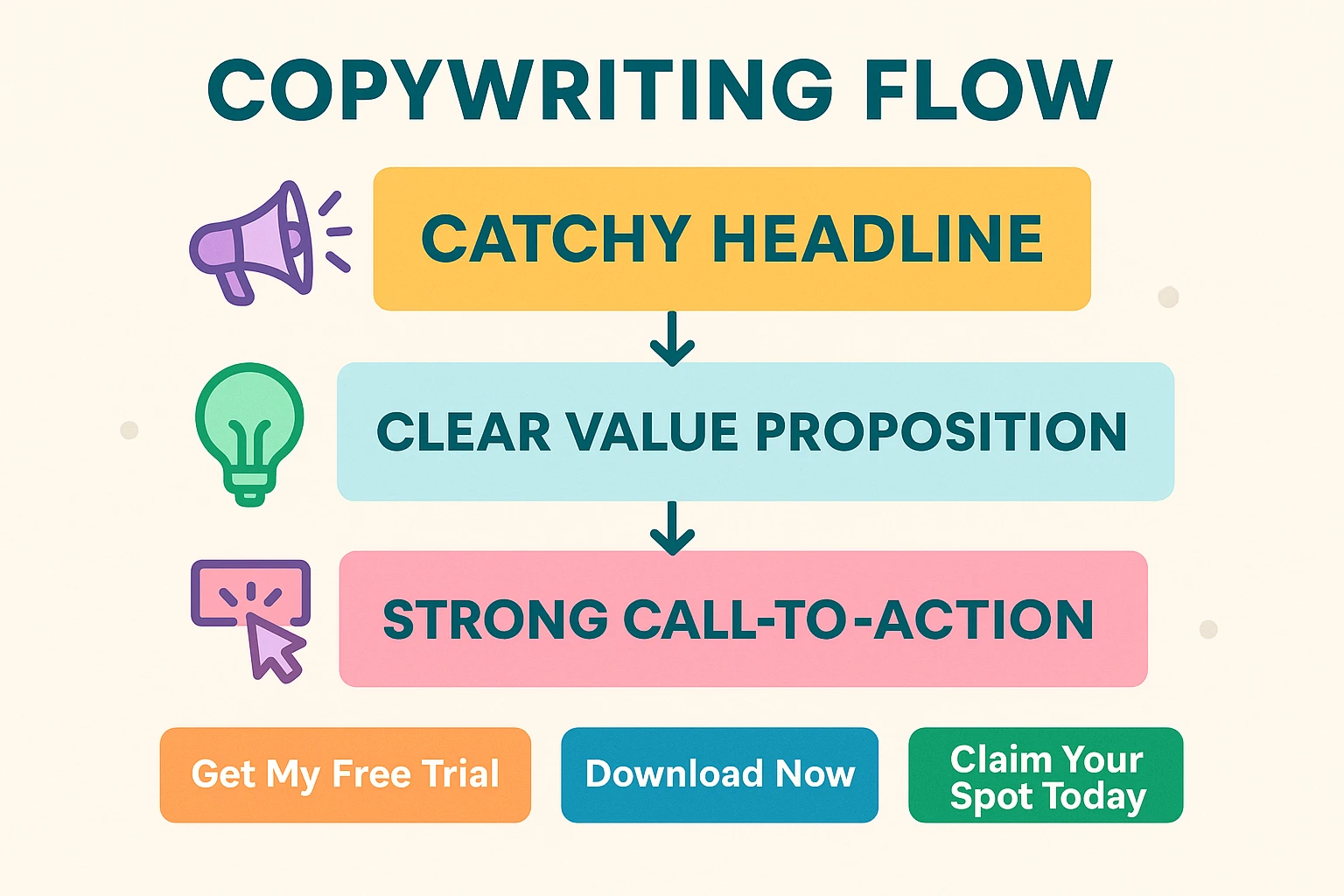
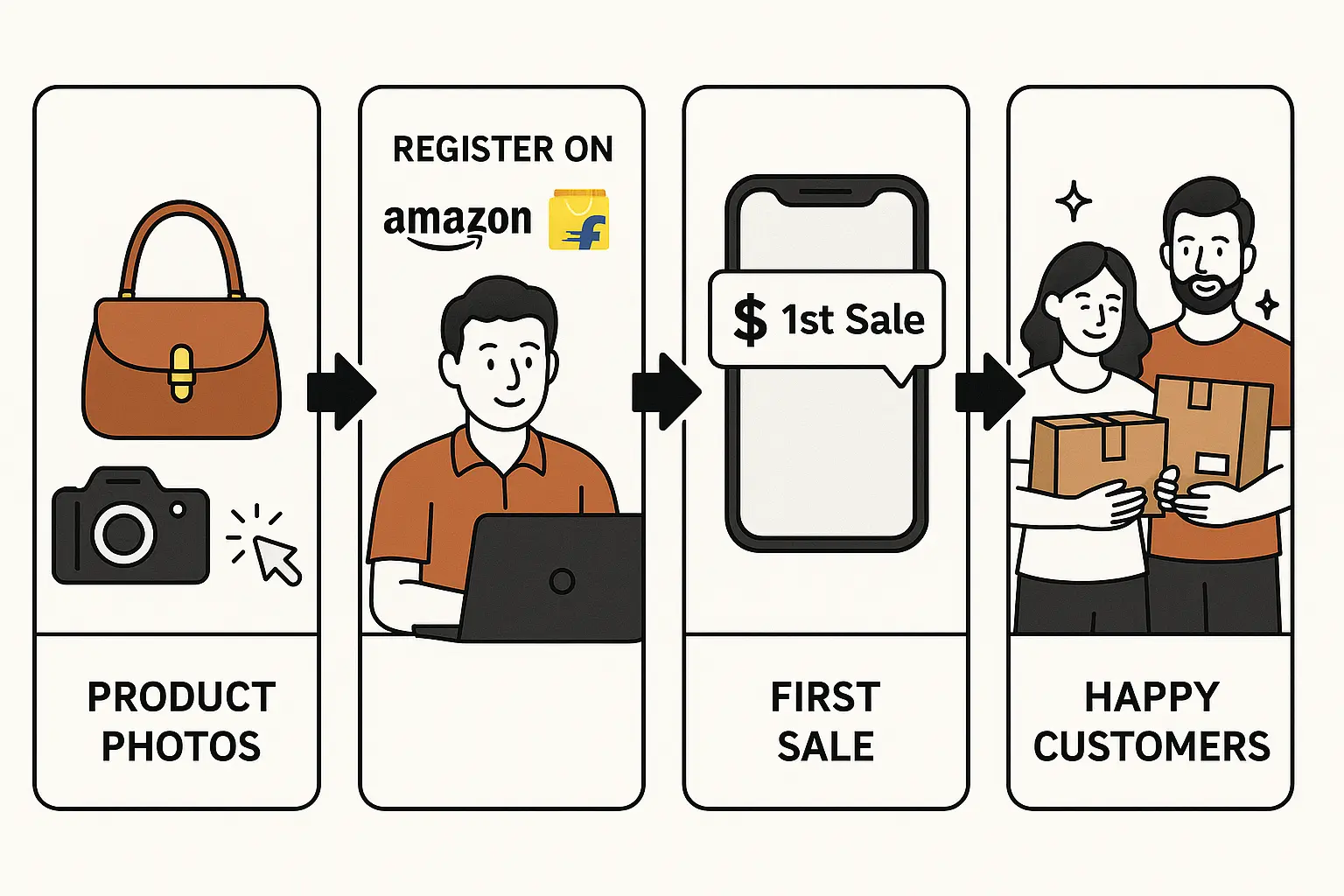

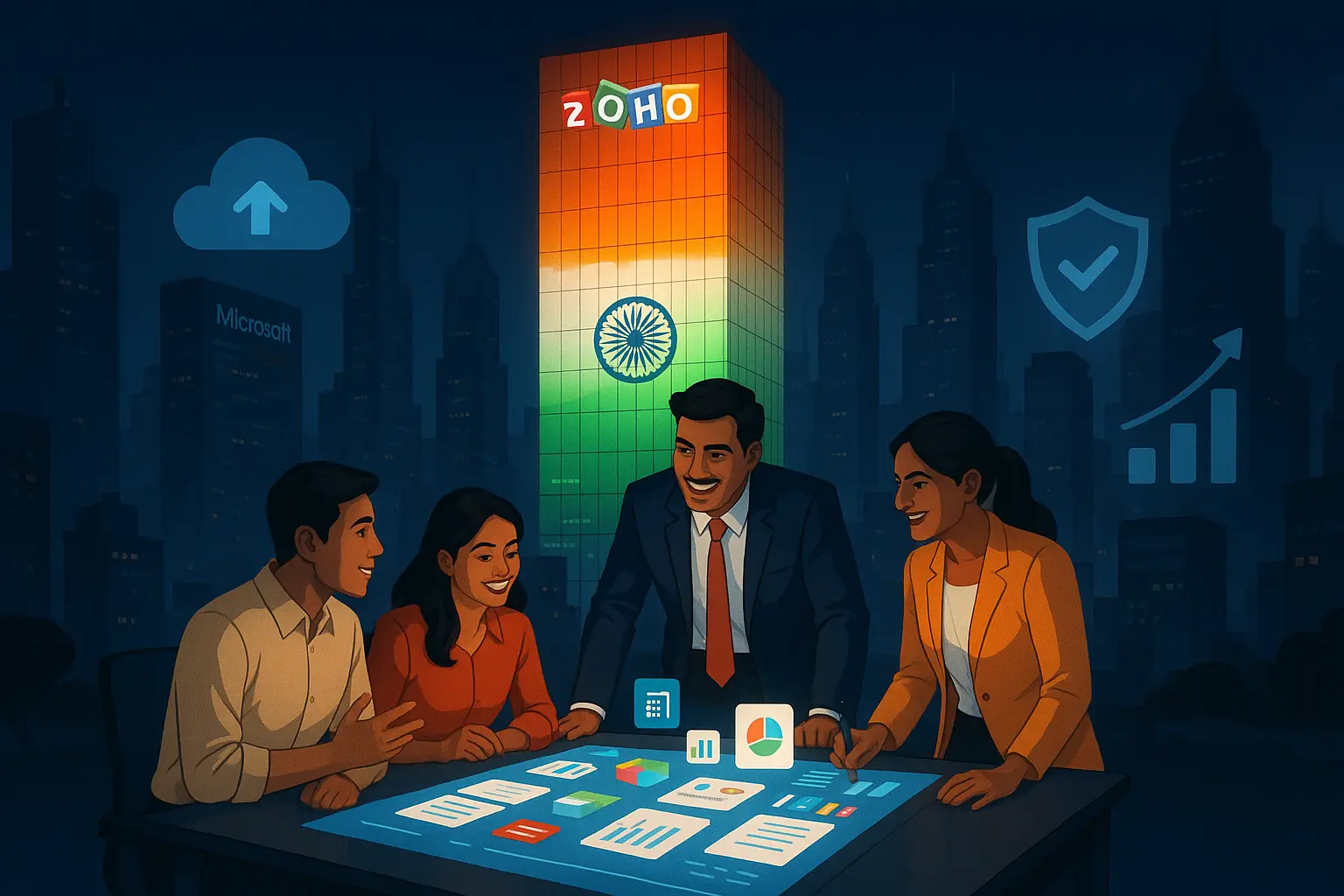
No comments yet. Be the first to comment!